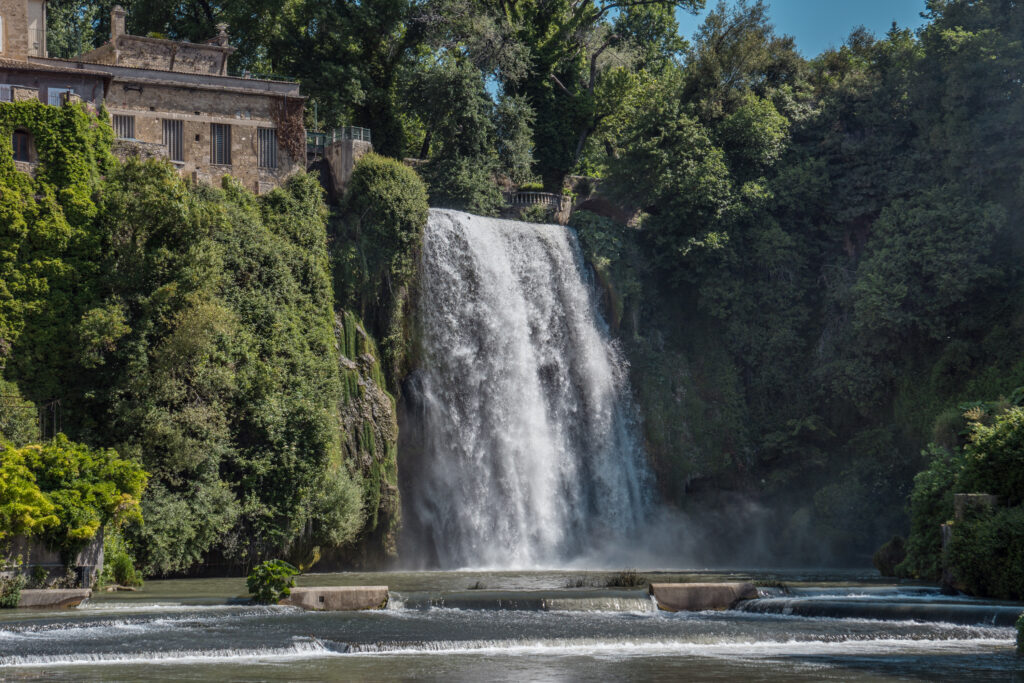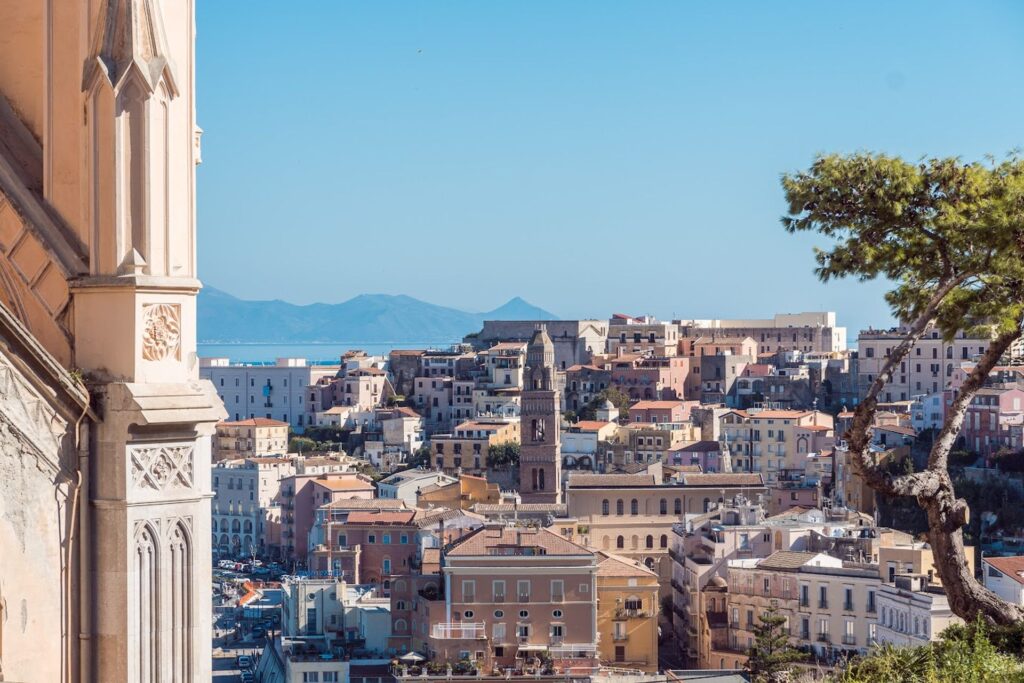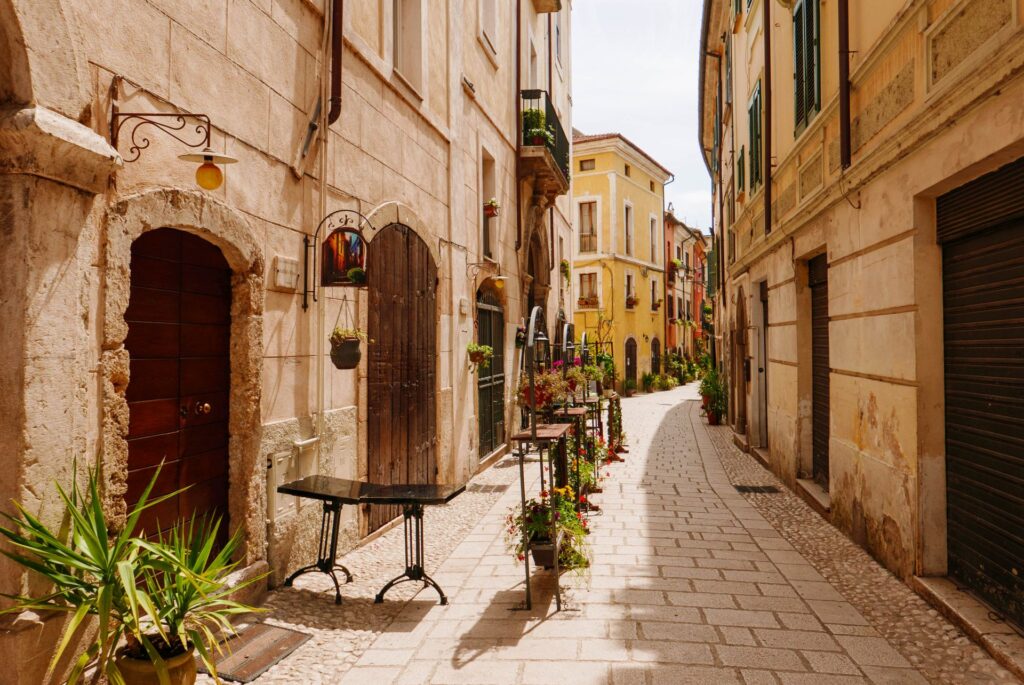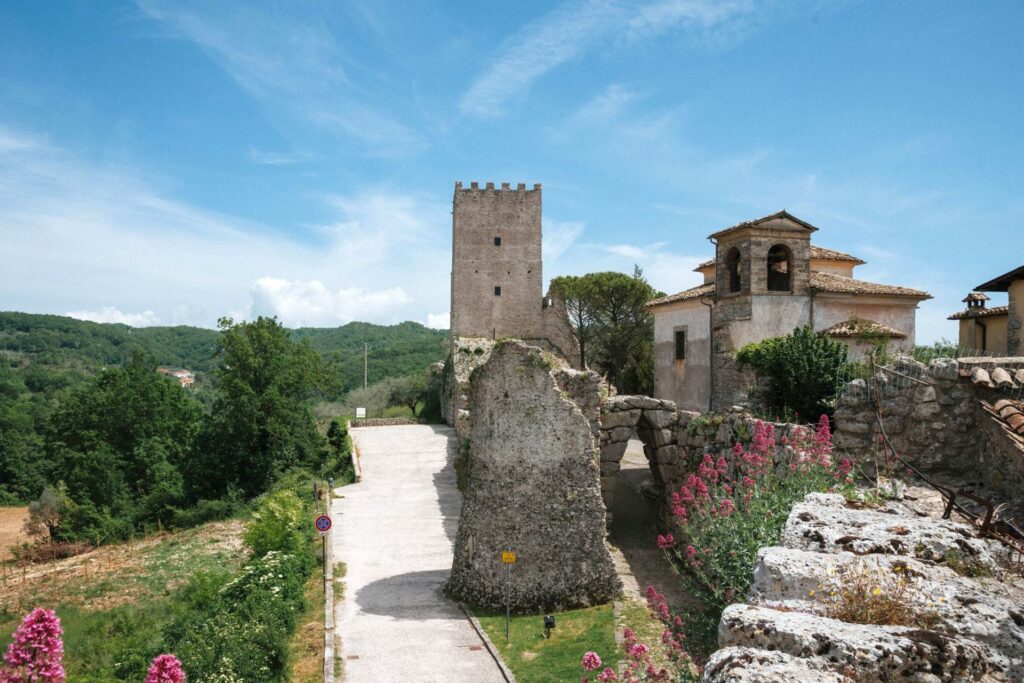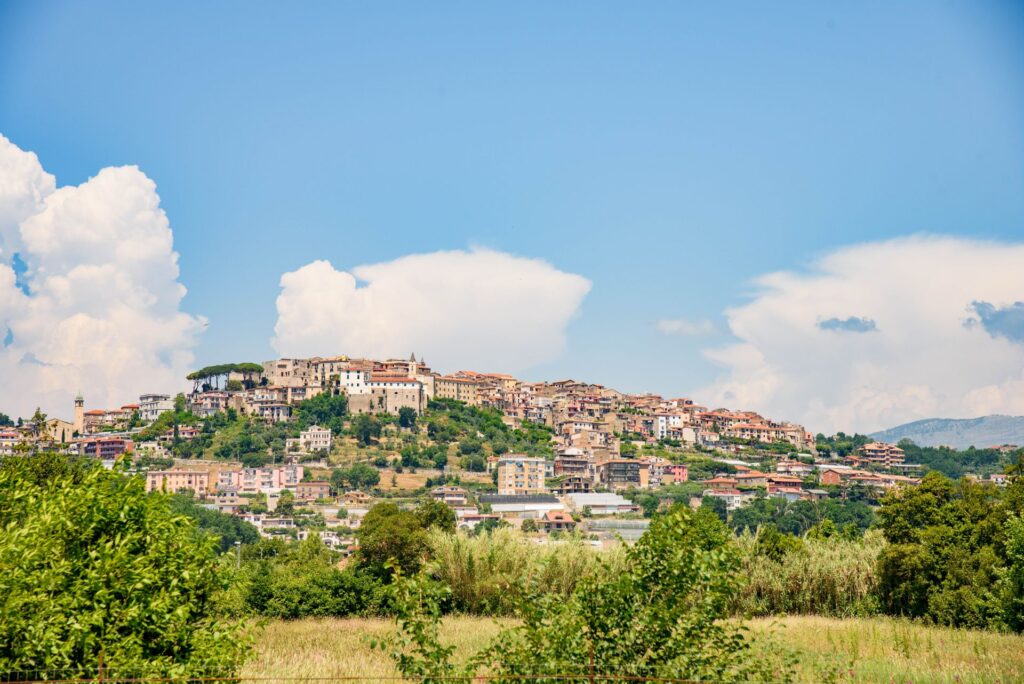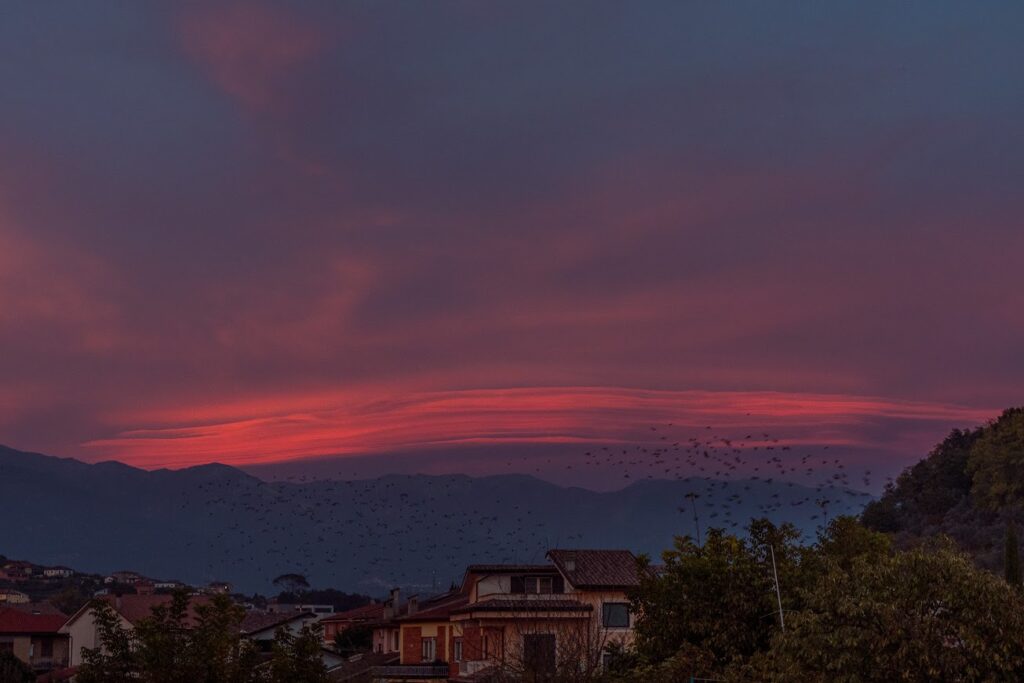Villages
Spigno Saturnia
The village of Old Spigno
Spigno Saturnia has two different settlements: ‘Spigno Vecchio’ (or Upper) and ‘Spigno Nuovo’ (or Lower). The latter was born after the war events of 1943-1944 which destroyed the hillside settlement almost completely, forcing the inhabitants to abandon it and move further down the valley. The new Spigno, located on the plain near the Cassino-Mare superhighway, was born with a referendum held on 30 March 1946.
The medieval village of ‘Spigno Vecchio’ stands on a slope along the eastern side of Mount Petrella (1533 m asl), one of the highest peaks of the Aurunci Mountains.
The name ‘Spigno’ is linked to two thorny plants widely present in the area, the hawthorn and the wild prunus; the latter, in particular, was used by the inhabitants to reinforce fence palisades. The place name ‘Saturnia’ was added in 1862, taking up one of the names used by the Latin poet Virgil to define ancient Italy.
In Roman times, the spring at Capodacqua fed an impressive aqueduct about 11 km long that supplied the city of Minturnae, of which it was part.
In the 10th century it was owned by the Counts of Traetto, who in 1058 donated half of the castle to the Abbey of Montecassino. In the 14th century it was sold to the Caetani, then passed to the Colonna, then to the Gonzaga and finally to the Carafa di Stigliano until 1806, when feudality was abolished and the Universitas Spinei (Community of Spigno) became a municipality.
The mountains around Spigno were the scene of the battles of 13 and 14 May 1944, when the Allies broke through the Gustav Line defended by German troops. For the sad events of the last conflict, the municipality of Spigno Saturnia was awarded the Silver Medal for Civil Valour.
In the highest part of the village there are the ruins of the medieval castle with its high square tower. The fortress is surrounded by an imposing wall, with watchtowers and side towers. Built around the year 1000, the castle was damaged several times over the centuries. In 1690, only the high square tower was still standing, along with the ruined structures of the Church of San Lorenzo, whose crypt still contains traces of frescoes probably from the Benedictine school. In 1944, the high tower of the Castle, by then in ruins, was blown up by the Germans.
The Church of Santa Croce, of medieval origin, was enlarged in the 18th century and completed last century. The interior is very simple and has a single nave, with the side walls marked by pseudo-chapels with round arches. The presbytery is covered by a dome with a square base.
In the centre of Spigno Nuova, on the plain, stands the Church of San Giovanni Battista, built in memory of another 14th-century church built in the village above and destroyed by bombing.
Near the Capodacqua spring there is a small rural church with a bell tower dedicated to San Gerardo, built at the end of the 17th century.
Spigno Saturnia is included in the Monti Aurunci Regional Park and is an interesting base for excursions to the nearby mountains.

